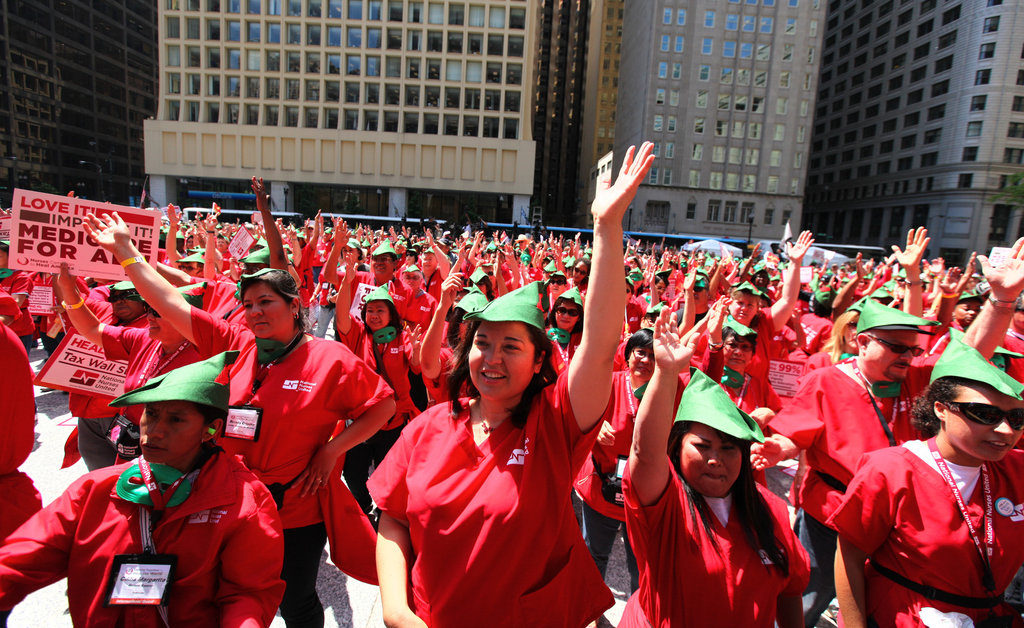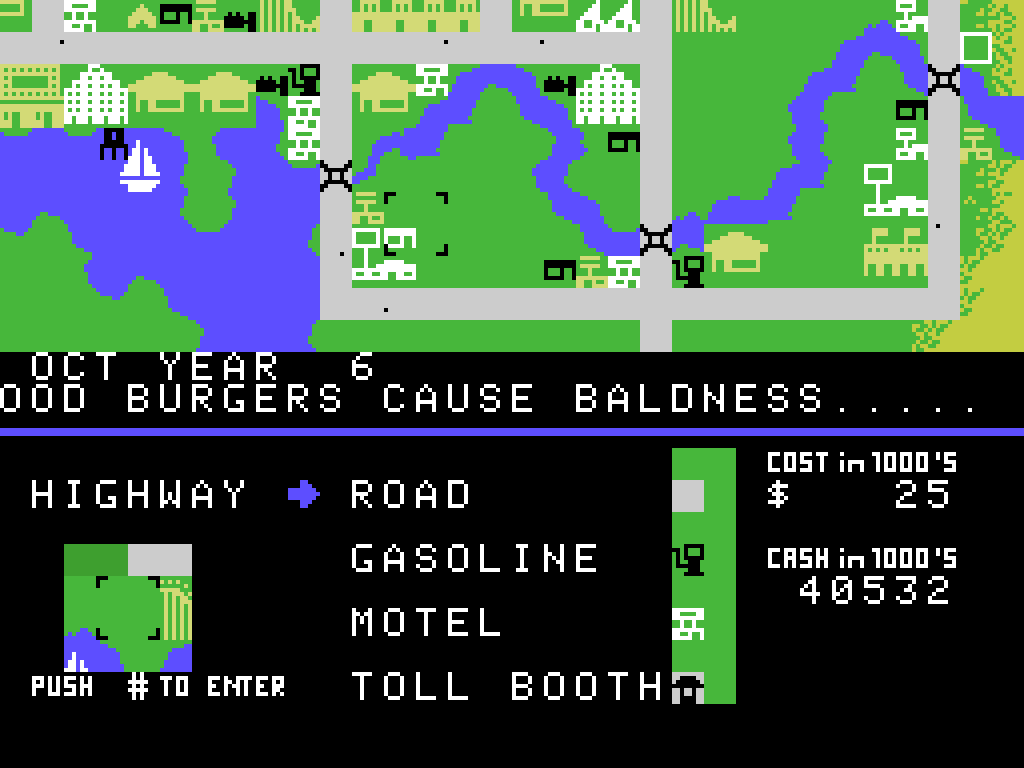Climate Whiplash: A Growing Threat To Cities Worldwide

Table of Contents
The Impacts of Climate Whiplash on Urban Infrastructure
Climate whiplash inflicts significant damage on the critical infrastructure that underpins modern urban life. The unpredictable nature of these events strains city resources and exacerbates existing vulnerabilities.
Damage to Transportation Networks
Flooding, heat damage, and extreme winds wreak havoc on road networks, bridges, and public transportation systems. This leads to:
- Increased maintenance costs: Repairing damaged roads, bridges, and rail lines after extreme weather events places a massive strain on municipal budgets.
- Service disruptions: Flooding can render roads impassable, halting public transport and disrupting commutes, impacting businesses and daily life.
- Economic losses: Disruptions to transportation networks lead to significant economic losses, affecting businesses, trade, and tourism.
- Impact on emergency services: Damage to roads and bridges can hinder the ability of emergency services to reach those in need during and after extreme weather events.
Cities like Jakarta, frequently battling both flooding and extreme heat, are prime examples of this challenge. The constant repair and maintenance cycles represent a significant drain on resources.
Damage to Buildings and Housing
Extreme temperatures, flooding, and strong winds pose a significant threat to buildings, particularly older infrastructure, which may lack adequate protection against these extreme events. The consequences include:
- Increased risk of collapse: Heavy rainfall and flooding can undermine foundations, while extreme winds can cause structural damage, potentially leading to building collapse.
- Mold growth: Flooding leads to water damage and the subsequent growth of mold, creating significant health hazards for residents.
- Damage to electrical systems: Flooding and strong winds can damage electrical systems, causing power outages and electrical fires.
- Displacement of residents: Severe damage to buildings can force residents to evacuate their homes, leading to displacement and disruption of lives.
- Increased insurance costs: The rising frequency of extreme weather events is driving up insurance premiums, making it increasingly difficult for homeowners to secure adequate protection.
Coastal cities like Miami, facing the dual threat of sea-level rise and hurricanes, are particularly vulnerable to building damage from climate whiplash.
Strain on Energy and Water Systems
Climate whiplash puts immense pressure on urban energy and water systems, often leading to critical disruptions:
- Power outages: Extreme weather events can damage power lines and infrastructure, leading to widespread power outages that disrupt essential services and daily life.
- Water shortages: Droughts followed by intense rainfall can strain water supplies, leading to shortages and impacting sanitation systems.
- Increased demand for resources: Extreme heatwaves increase demand for electricity for air conditioning, while floods can contaminate water sources, increasing the demand for clean water.
- Challenges in managing water supply and sanitation: Flooding can overwhelm sewage systems, leading to contamination of water sources and posing significant public health risks.
Many cities across the globe, from Cape Town’s water crisis to California’s wildfire-induced power outages, are experiencing these challenges, highlighting the vulnerability of urban systems to climate whiplash.
The Socioeconomic Consequences of Climate Whiplash in Cities
The impacts of climate whiplash extend far beyond physical infrastructure, profoundly affecting the socioeconomic fabric of cities.
Public Health Impacts
Extreme weather events have significant consequences for public health:
- Heatstroke: Prolonged heatwaves lead to a surge in heatstroke cases, particularly amongst vulnerable populations like the elderly and those with pre-existing health conditions.
- Respiratory illnesses: Wildfires, exacerbated by drought conditions, release harmful air pollutants, triggering respiratory illnesses like asthma and bronchitis.
- Vector-borne diseases: Flooding creates breeding grounds for disease-carrying mosquitoes and other vectors, leading to outbreaks of diseases like dengue fever and malaria.
- Mental health impacts: Displacement, loss of property, and the constant threat of extreme weather events can cause significant mental health problems, including anxiety and depression.
Studies consistently demonstrate the link between extreme weather and increased hospital admissions and mortality rates.
Economic Disruptions
Climate whiplash imposes substantial economic costs on cities:
- Job losses: Damage to businesses and infrastructure leads to job losses across various sectors.
- Decreased property values: The risk of damage from extreme weather events can decrease property values, impacting homeowners and investors.
- Increased insurance premiums: The rising frequency of climate-related disasters drives up insurance premiums, making it more expensive for businesses and individuals to secure coverage.
- Strain on municipal budgets: Cities face significant costs associated with repairing damaged infrastructure, providing emergency services, and supporting affected populations.
The economic consequences of climate whiplash can be devastating, undermining economic growth and exacerbating existing inequalities.
Social Equity and Vulnerability
Climate whiplash disproportionately impacts vulnerable populations:
- Limited access to resources: Low-income communities often lack access to resources and support networks needed to cope with extreme weather events.
- Increased risk of displacement: Vulnerable populations are more likely to be displaced by extreme weather events due to inadequate housing and lack of access to emergency services.
- Exacerbation of existing inequalities: Climate whiplash can worsen existing social and economic inequalities, further marginalizing already disadvantaged groups.
Addressing social equity is crucial for building resilient cities capable of weathering the impacts of climate whiplash.
Strategies for Building Urban Resilience to Climate Whiplash
Building urban resilience to climate whiplash requires a multi-faceted approach that encompasses infrastructure improvements, adaptation strategies, and enhanced emergency preparedness.
Improving Infrastructure Design and Maintenance
Investing in climate-resilient infrastructure is paramount:
- Investing in green infrastructure: Green infrastructure, such as green roofs and permeable pavements, can help manage stormwater runoff and reduce the risk of flooding.
- Strengthening building codes: Implementing stricter building codes can ensure that new buildings are better able to withstand extreme weather events.
- Improving disaster preparedness: Investing in early warning systems and developing evacuation plans can help minimize the impacts of extreme weather events.
Retrofitting existing infrastructure to enhance its resilience is equally crucial.
Implementing Climate Adaptation and Mitigation Strategies
Reducing greenhouse gas emissions and adapting to a changing climate is vital:
- Renewable energy sources: Transitioning to renewable energy sources can reduce reliance on fossil fuels and mitigate climate change.
- Sustainable transportation: Promoting sustainable transportation options, such as cycling and public transport, can reduce greenhouse gas emissions and improve air quality.
- Green building practices: Encouraging green building practices can reduce energy consumption and improve the sustainability of urban development.
- Community-based adaptation plans: Engaging communities in the development of adaptation plans can ensure that local needs and priorities are addressed.
A holistic approach combining mitigation and adaptation is essential.
Strengthening Early Warning Systems and Emergency Preparedness
Effective communication and well-defined response mechanisms are crucial:
- Investing in weather forecasting: Improving weather forecasting capabilities allows for timely warnings and preparations for extreme weather events.
- Improving communication infrastructure: Ensuring reliable communication infrastructure can facilitate the dissemination of warnings and information during emergencies.
- Community-based disaster response teams: Training and supporting community-based disaster response teams can enhance the effectiveness of emergency responses.
Proactive measures to improve preparedness significantly reduce the severity of the impact.
Conclusion
Climate whiplash poses a significant and growing threat to cities worldwide, impacting infrastructure, economies, and public health. The unpredictable nature of these events demands proactive strategies to build urban resilience. Climate-resilient city planning and infrastructure are crucial for mitigating the impacts of climate whiplash and ensuring the safety and well-being of urban populations. Ignoring this challenge will lead to increasingly severe consequences.
Call to Action: Learn more about how your city is preparing for climate whiplash and get involved in local initiatives promoting climate resilience and adaptation. Demand action from your local government to improve urban resilience against the growing threat of climate whiplash. Support sustainable urban development and climate mitigation efforts to lessen the severity of future climate whiplash events. The future of our cities depends on it.

Featured Posts
-
 Ideology And Funding Cuts Fuel Nih Staff Protest At Town Hall
May 28, 2025
Ideology And Funding Cuts Fuel Nih Staff Protest At Town Hall
May 28, 2025 -
 Hujan Di Bandung 26 Maret Simak Prakiraan Cuaca Jawa Barat
May 28, 2025
Hujan Di Bandung 26 Maret Simak Prakiraan Cuaca Jawa Barat
May 28, 2025 -
 Euromillions Winner Could Match Adeles Fortune 202m Up For Grabs
May 28, 2025
Euromillions Winner Could Match Adeles Fortune 202m Up For Grabs
May 28, 2025 -
 Eur Usd Exchange Rate Lagardes Commitment To Enhancing The Euros Global Profile
May 28, 2025
Eur Usd Exchange Rate Lagardes Commitment To Enhancing The Euros Global Profile
May 28, 2025 -
 Dari Kedai Kopi Ke Senayan Nas Dem Bali Raih Satu Kursi Dpr Ri
May 28, 2025
Dari Kedai Kopi Ke Senayan Nas Dem Bali Raih Satu Kursi Dpr Ri
May 28, 2025
